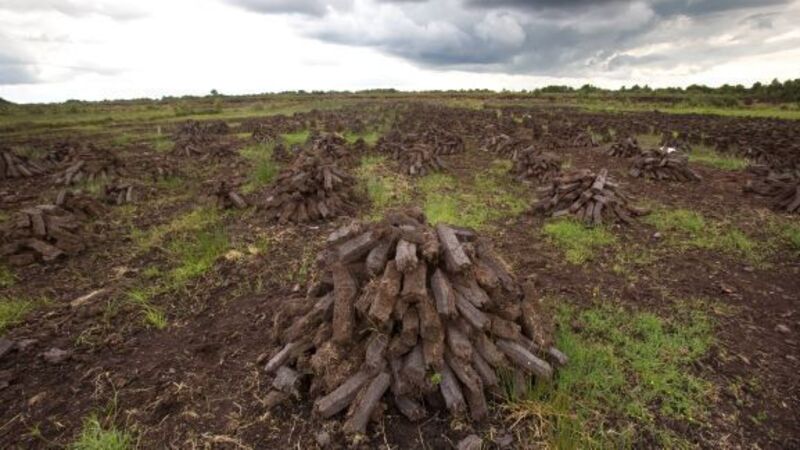Saving our bogs a priority

Unlike those of us who spent many days in the bog, as youngsters long ago, today’s children, if they make a visit to what’s left of the peatlands, will certainly not see or hear the curlew. Indeed, they might not spot any wildlife, but they are being taught to look at the bog in a very different way.
The boglands with which we were familiar, along the Cork/Kerry border, are now largely planted with trees, if not cut away entirely. And the people who still go there to cut turf are almost an extinct species, just like the once-thriving wildlife that graced this habitat.
Back then, little was thought of the bog which was seen as non-productive land useful only as a source of energy, or even as a dumping ground. The term, ‘bogman’, was derogatory, meaning a rural backwoods person.
But attitudes have changed hugely and the bogs are now seen, officially, as landscapes that need to the conserved, mainly for the sake of wildlife and the rare plants and vegetation they contain. These days, most adults and children go to bogs to observe the landscape and to look out for unusual mosses and plants and rare creatures, like damselflies for example. Ireland contains 8 per cent of the world’s remaining blanket bog and is the most important country for this habitat.
The Irish Peatland Conservation Council (IPCC), which is campaigning to save what’s left of the bogs, has just launched a new education pack for primary schools. Written by the experienced IPCC education team, the pack contains worksheets for pupils of all ages and aims to ensure children expand on their knowledge and understanding of peatlands as they progress through school.
It’s seen as a fun way to bring nature and wildlife to the classroom. It also builds an appreciation of peatlands and the important services that they provide, while at the same time delivering part of the school curriculum, says Katie Geraghty, IPCC campaign officer.
With the support of Meath County Council under their Community Heritage Grant Scheme 2016, the IPCC developed an education pack and CDs containing worksheets plus a PowerPoint presentation. Last August, a new species was recorded in Girley. A male, emerald damselfly was spotted and photographed by wildlife enthusiast Johann Kielesz during a nature walk.
This spectacular-looking damselfly species, also known as the common spreadwing, is the last of the Irish damselflies to appear each year, usually in late June. They can be found beside shallow pools and small lakes, usually with their wings held half open.
For further information about the Discovering the Wild Bogs of Ireland Education Pack for Primary Schools, contact bogs@ipcc.ie or phone: 045860133.














